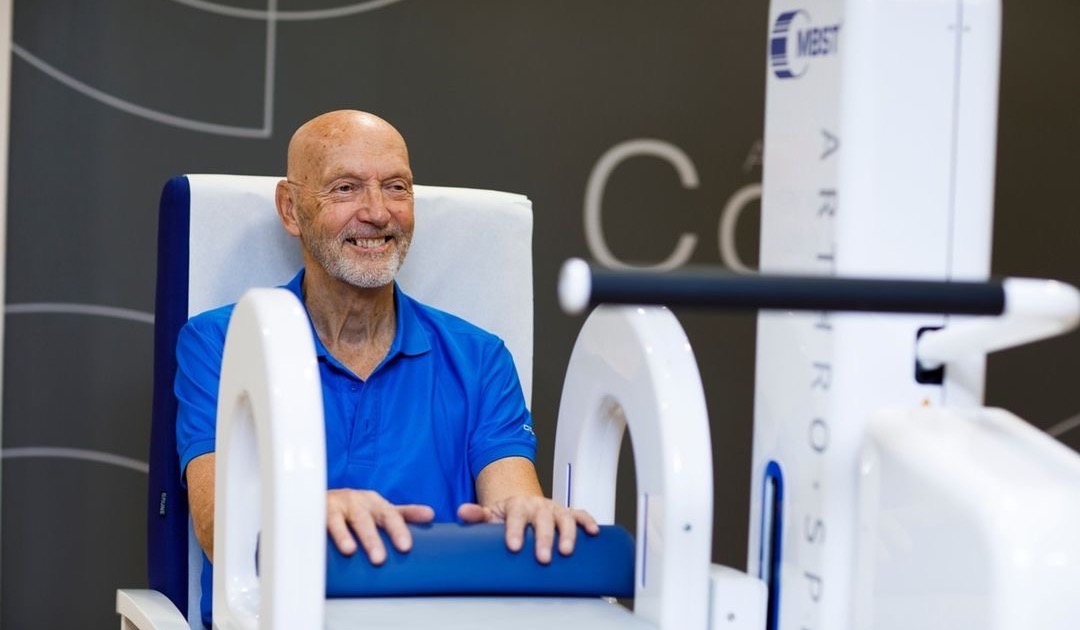In the ever-evolving field of medical technology, Magnetic Resonance Therapy (MBST) stands out as a groundbreaking treatment for those suffering from joint pain. This innovative approach has garnered significant attention due to its non-invasive nature and its ability to directly target the root causes of joint discomfort. Our extensive research and clinical applications have shown MBST to not only alleviate pain but also promote the regeneration of cartilage, making it a potential game-changer for individuals with osteoarthritis and other degenerative joint conditions.
Table of Contents
Understanding the Science Behind MBST
At its core, MBST utilizes the principles of magnetic resonance, a technology widely recognized for its application in MRI diagnostics. However, unlike MRI, MBST therapy focuses on transferring energy directly to the affected cells in the joints. This process stimulates cellular metabolism and repair mechanisms, encouraging the regeneration of cartilage and reducing inflammation. It’s a sophisticated blend of physics and biology, tailored to kickstart the body’s natural healing processes.
The Benefits of MBST for Joint Health and for healing process of joint pain
The advantages of MBST therapy extend far beyond mere pain relief. Patients undergoing MBST treatment have reported a significant improvement in joint mobility and a decrease in reliance on pain medication. Furthermore, because MBST is non-invasive, it comes with minimal risks and side effects, making it a safer alternative to surgical interventions. Its ability to target specific areas of discomfort ensures that the surrounding tissues remain unaffected, preserving the overall integrity of the joint.

Clinical Evidence Supporting MBST
A plethora of clinical studies underscore the efficacy of MBST therapy. Research indicates a high success rate in reducing pain and improving the quality of life for patients with various joint issues. Notably, a long-term study demonstrated that patients with knee osteoarthritis experienced sustained improvement in knee function and pain reduction even 12 months post-treatment. These findings are testament to MBST’s potential as a long-term solution for joint pain management.
Who Can Benefit from MBST?
MBST therapy is suitable for a wide array of individuals. Those with osteoarthritis, rheumatoid arthritis, sports injuries, and chronic joint pain may find MBST particularly beneficial. It’s also an excellent option for patients seeking an alternative to more invasive treatments or those who have not found relief with traditional therapies. By addressing the underlying issues of joint pain at the cellular level, MBST offers hope to those who thought their discomfort was a permanent fixture of their lives.
The MBST Treatment Process
The process of receiving MBST therapy is straightforward and comfortable for the patient. Typically, a treatment plan consists of several sessions, each lasting about an hour. During the session, the patient is simply required to sit or lie near the MBST device, which then emits a targeted magnetic field. There’s no need for preparation or recovery time, making it an incredibly convenient option for individuals with busy schedules or mobility issues.
Choosing the MBSTService provider
Selecting a qualified and experienced MBST provider is crucial to the success of the treatment. Potential patients should look for clinics that specialize in magnetic resonance therapy and have a proven track record of positive patient outcomes. Consulting with a healthcare professional who understands the intricacies of joint pain and MBST is also advisable to ensure that the treatment aligns with your specific health needs.
The Future of Joint Pain Treatment
MBST represents a significant step forward in the management of joint pain. Its ability to heal and regenerate tissue without invasive procedures points to a future where chronic joint pain can be effectively treated without the drawbacks of surgery or long-term medication use. As research continues and technology advances, the potential applications of MBST are expanding, offering new hope to those suffering from joint-related ailments.
In conclusion, Magnetic Resonance Therapy (MBST) is emerging as a revolutionary approach to treating joint pain, offering a blend of safety, efficacy, and convenience that traditional therapies cannot match. Its scientifically backed methodology and positive patient outcomes speak volumes about its potential to change lives for the better. For individuals struggling with joint pain, MBST could indeed be the answer they’ve been searching for.





